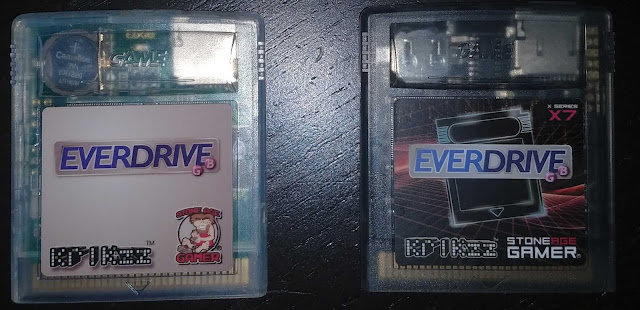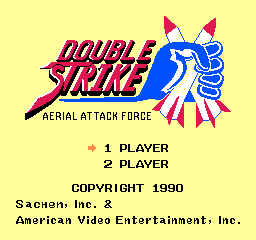 |
| EverDrive GB vs. EverDrive GB X7 |
For too long, the Game Boy and Game Boy Color had been rather neglected by the flash cart builders. The old cartridges by companies like Bung faded out of existence as Nintendo sued Bung out of existence. There were a few more recent cartridges like the 64MB EMS Smart Card, but it was really klunky to use and had poor game compatibility. A few cartridges were more focused on music production than game playing. In 2014 Krikzz released the EverDrive GB, a flash-based device with an FPGA with enough resources to handle basic games. I bought one then and was satisfied with it, as I indicated in my review. Three years later he released the SRAM-based EverDrive GB X-series. Having finally acquired an EverDrive GB X7, let me share my thoughts and views of the device and try to answer the question, "Is it the Ultimate GB/GBC Flash Cart?"







